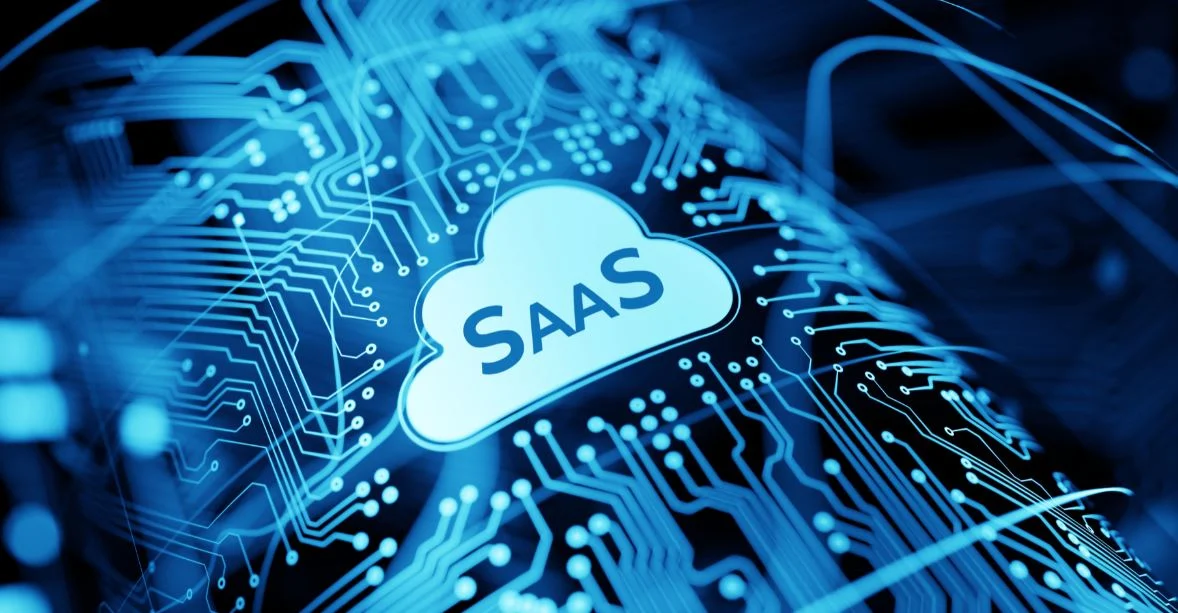Software-as-a-service (SaaS) applications run in the cloud. Users subscribe to SaaS applications instead of purchasing them, and they access them over the Internet.
What is software-as-a-service (SaaS)?
Software-as-a-service, or SaaS for short, is a cloud-based method of providing software to users. SaaS users subscribe to an application rather than purchasing and installing it once. Users can log into and use a SaaS application from any compatible device over the Internet. The application runs on cloud servers that may be far removed from a user’s location.
A SaaS application may be accessed through a browser or an app. Online email applications that users access through a browser, such as Gmail and Office 365, are typical examples of SaaS applications.
The difference between SaaS and a software installation on a user’s computer is somewhat like the difference between streaming a TV show online and buying all the seasons of the TV show on DVD.
Someone who buys a TV show on DVD only needs to pay for it once; however, they will need to store and maintain the DVDs, and if they change their hardware – for instance, if they replace their DVD player with a Blu-ray player – then they will need to purchase the physical media again. Streaming the show instead means a third party handles all the storage and upgrades, and all a user needs to do is press play. However, streaming depends on an Internet connection, and users typically pay a recurring monthly fee to maintain their access.
What does ‘as a service’ mean?
Consider the difference between valet parking and renting a parking spot. Valet parking is a service, while a parking spot is a product, even though both provide the same benefit to the customer: a place to leave their car.
Traditionally, software vendors sold their software to users as a product. However, in the SaaS model, they actively provide and maintain the software for their users via the cloud. They host and maintain the databases and code necessary for the application to run, and they run the application on their servers. Thus, SaaS is more like a service than a product.
What is the cloud?
“The cloud” refers to remote web servers in various data centers that host databases and run application code. Cloud providers deliver their services to customers or end users via the Internet. (See What is the cloud?)
What are the three main cloud service models?
SaaS is one of the three major cloud service models. The cloud service models are categories of services that cloud providers – in other words, companies that own and operate servers in various data centers – offer to users and businesses.
The three cloud service models are:
- IaaS (infrastructure-as-a-service): Cloud computing infrastructure – servers, databases, etc. – that a cloud provider manages. Companies can build their applications on IaaS instead of maintaining their applications’ backends themselves.
- PaaS (platform-as-a-service): PaaS includes development tools, infrastructure, and other support for building applications.
- SaaS (software-as-a-service): Fully built cloud applications.
What are the advantages and disadvantages of using SaaS?
The SaaS model has several pros and cons, although, for modern businesses and users, the pros of SaaS often outweigh the cons. Here are some of the advantages and disadvantages of using SaaS applications:
- Advantage: Access from anywhere, on any device. Typically, users can log into SaaS applications from any device or location. This offers excellent flexibility – businesses can allow employees to operate worldwide, and users can access their files no matter what they are. In addition, most users use and replace multiple devices often; users don’t need to reinstall SaaS applications or purchase new licenses each time they switch to a new device.
- Advantage: No need for updates or installations. The SaaS provider updates and patches the application on an ongoing basis.
- Advantage: Scalability. The SaaS provider handles scaling up the application, such as adding more database space or compute power as usage increases.
- Advantage: Cost savings. SaaS cuts down on internal IT costs and overhead. The SaaS provider maintains the servers and infrastructure that support the application, and the only cost to a business is the subscription cost of the application.
- Disadvantage: The need for more robust access control. The increased accessibility of SaaS applications also means verifying user identity and controlling access levels becomes very important. With SaaS, organizational assets are no longer kept within an internal network, separate from the outside world. Instead, user access is based on user identity: if someone has the correct login credentials, they are granted access. Robust identity verification thus becomes crucial.
- Disadvantage: Vendor lock-in. A business may become overly reliant on the SaaS application provider. Moving to a new application is time-consuming and expensive if an organization’s entire database is stored within the old application.
- Disadvantage (for enterprises): Security and compliance. With SaaS applications, the responsibility for protecting those applications and their data moves from internal IT teams to external SaaS providers. This is less of a disadvantage for small to medium-sized businesses, as large cloud providers typically have more resources for putting strong security in place. However, this can be challenging if a large company faces tight security or regulatory standards. In some cases, businesses will be unable to assess their applications’ security themselves, for instance, by performing penetration testing. Essentially, they must take the external SaaS provider’s word that the application is secure.
What are some examples of SaaS companies?
As mentioned above, online email providers fit into the SaaS category. Other well-known SaaS companies include Salesforce, Slack, MailChimp, and Dropbox.












